Program
Johann Sebastian Bach
Minuet 2
Minuet 2
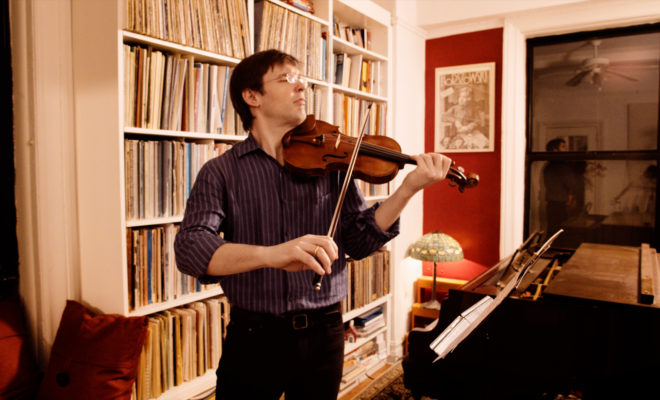
OSL Violinist Jesse Mills performs the second movement of the Violin Sonata in g minor, a complex fugue that exploits and stretches the polyphonic capabilities of the violin.
Read More >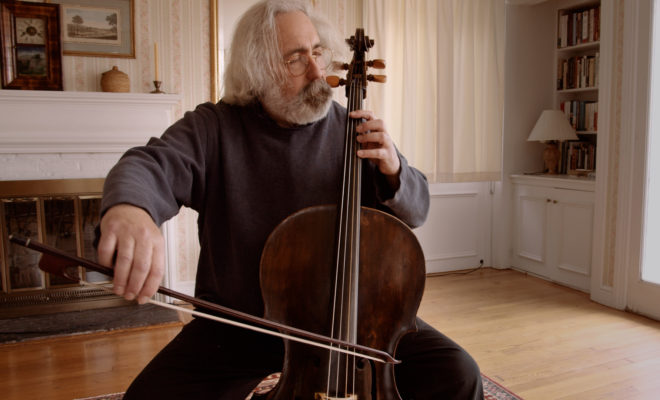
The fourth movement Sarabande is a deeply reflective and emotionally grounding work that functions as the centerpiece of the second cello suite in Bach’s beloved collection. Based on the classic…
Read More >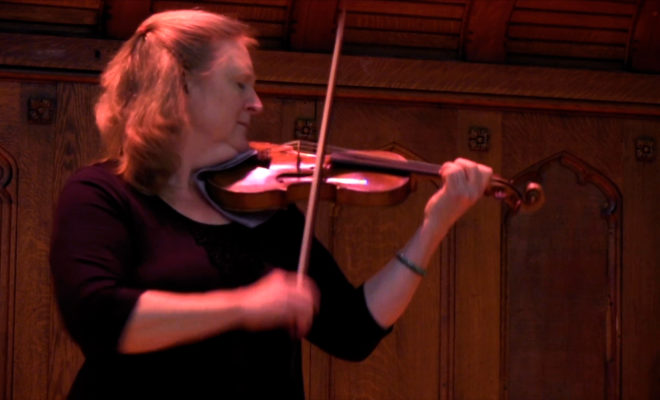
The Violin Partita No. 3, BWV 1006 is the sixth and final work in Bach’s collection of sonatas and partitas for violin. The Prelude is one of Bach’s most popular instrumental pieces, consisting almost entirely of…
Read More >
OSL Principal Conductor Bernard Labadie provides a little history on J.S. Bach’s Goldberg Variations and shares some insight on his arrangement of the Goldberg Variations for chamber ensemble.
Read More >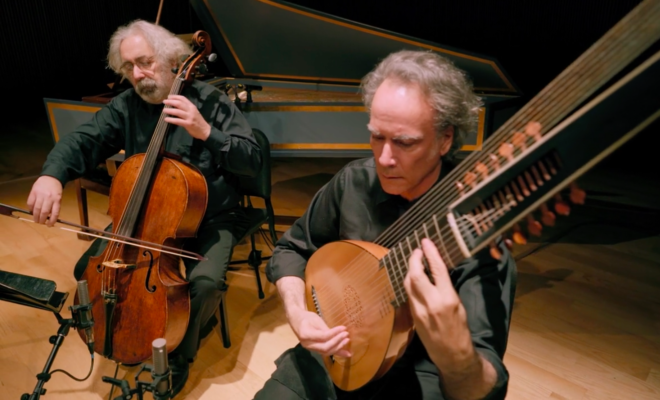
Bach’s tools of transformation in the Goldberg Variations are as simple as decorating the melody, accelerating or slowing the rhythm, or as complex as nine-voice canons and intricate fugues,” writes…
Read More >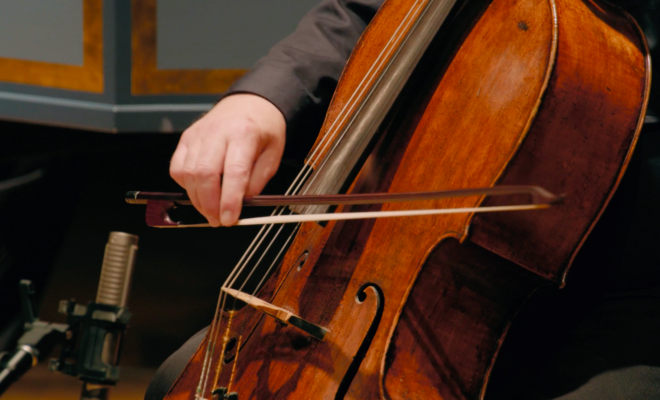
The third variation, a canone a unisono, a supported, ground bass built around a simple dance rhythm. The simple canon, which features one voice leading and voice following, transfers easily from keyboard to string…
Read More >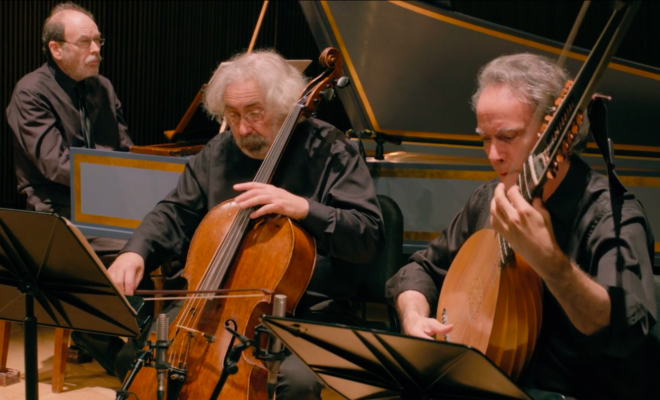
Bach’s fifth variation reimagines the basic melody of the 32-measure aria through rapid sixteenth notes punctuated by frequent, unpredictable hand-crossing from the lower to the higher registers of the keyboard.…
Read More >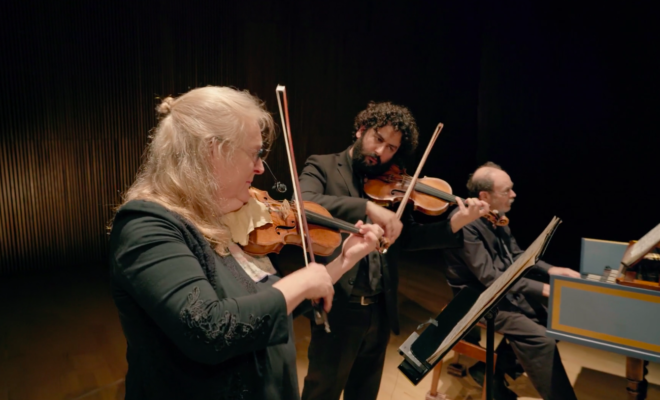
In Variation No. 14, the Aria takes the form of a toccata to showcase the technical virtuosity of the player. Like the fifth variation, this variation derives much of its…
Read More >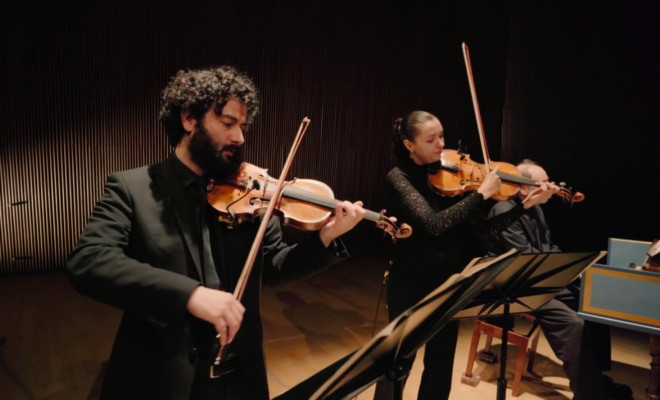
This elaborate toccata variation is in some ways an amalgamation of similar variations before it. The melody and Sarabande ground bass of the aria is expanded in a stunning display of technical…
Read More >